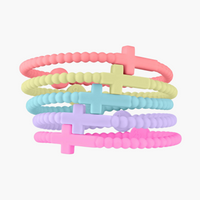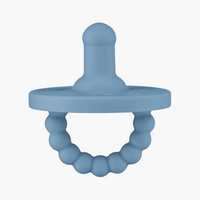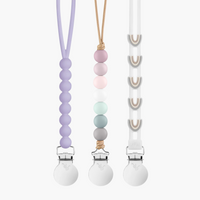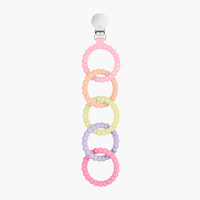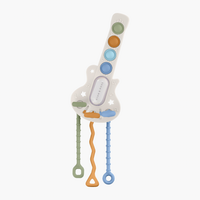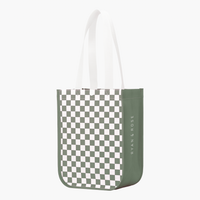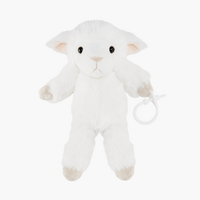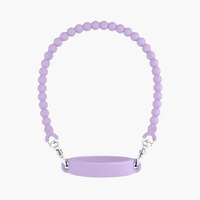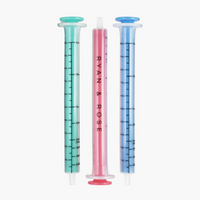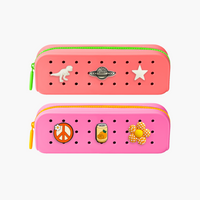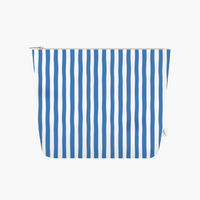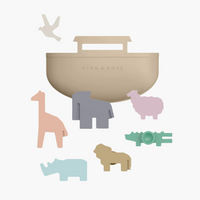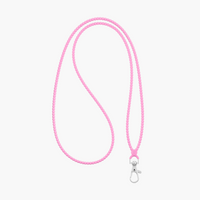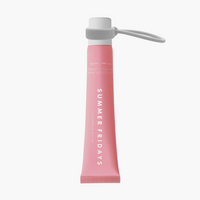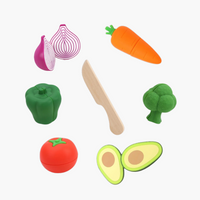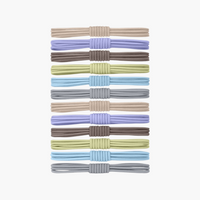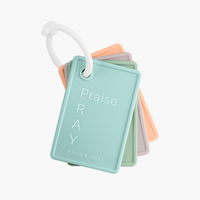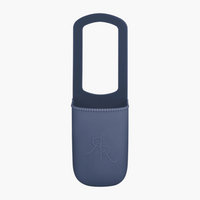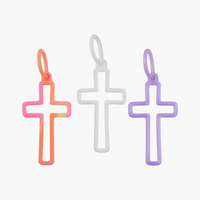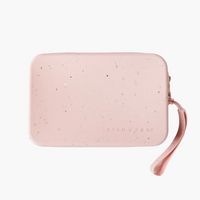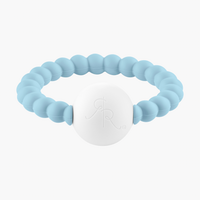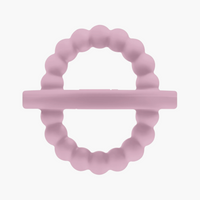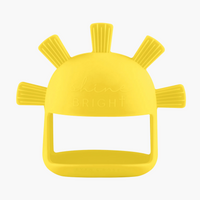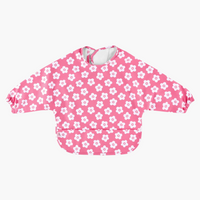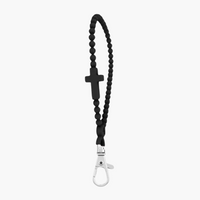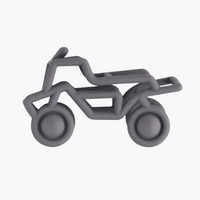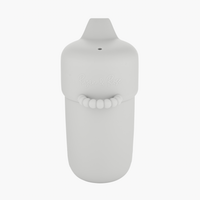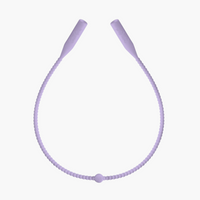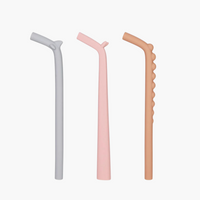*The following post is a guest post by Brittany Cowgill, Amara.
If I had a dime for every time someone asked me whether I was spoon-feeding or “going the baby-led weaning route,” I’d probably have… ten bucks (hah!). (Anyone else?) My response was always the same, though: yes.

That’s because in reality, there’s no need to strictly adhere to one approach or the other — and most parents don’t. Baby-led weaning has some wonderful advantages (fine-motor skills practice, for example) — but so does good old-fashioned spoon-feeding! And as we’ll see, the right utensils can really make a difference…

Yes, there are so many benefits that come along with using utensils when you’re starting solids, and most of them stem from this single overarching fact:
With spoon-feeding, babies can get a taste of more foods and flavors, earlier.
The greater diversity of flavors and textures babies experience, the better. It not only helps establish “trying new things” as a fun and normal habit (this will come in handy down the road, during the toddler years, trust me), but also can help cultivate a curious palate. Many young children establish their taste preferences — what and how they enjoy eating — in the first few years of life, so the more we parents can acclimate our babies to healthy foods, a broad range of tastes and textures, and novel dishes, the more likely they are to enjoy those same foods, flavors, and experiences as they grow up.

Since the finger food menu is somewhat limited for babies, infants who exclusively self-feed with their hands may be missing out on the chance to try numerous flavors and textures. It’s not so easy (read: it’s not safe) to feed a baby kale, for example, as a finger food, or black beans and corn. Before a certain age, some things just have to be pureed. Spoon-feeding — including spoon-feeding in combination with baby-led weaning — is a fantastic way to introduce babies to the whole wide culinary world earlier on.
Not only that, but the menu diversity that comes along with spoon-feeding purees and mashes/blends can also help buoy healthy gut microbiome development and meet nutritional needs (iron is a highly-cited point of potential concern for babies that use BLW, and infant cereals/oatmeals are iron-fortified).
The long and short of it is this: babies can taste and experience more foods when spoons are involved.

But… that doesn’t mean your baby has to sit on the sideline! We specifically developed our Cutie Tensils to be easy for parents and babies alike — they’re perfect for traditional spoon-feeding and for making the transition to self-feeding. The soft-textured silicone design is gentle on the gums and easy for little fingers to grab, and the cupped spoon and circular fork make it easy for babies to use utensils on their own, earlier.
If there are benefits to combining spoon-feeding with self-feeding, our Cutie Tensils maximize the advantages of both, allowing babies greater exploration of more foods, both with their parents and all on their own — it’s really the best of both worlds!
Ryan & Rose readers can receive 20% off Amara products with the discount code: RYANANDROSE



